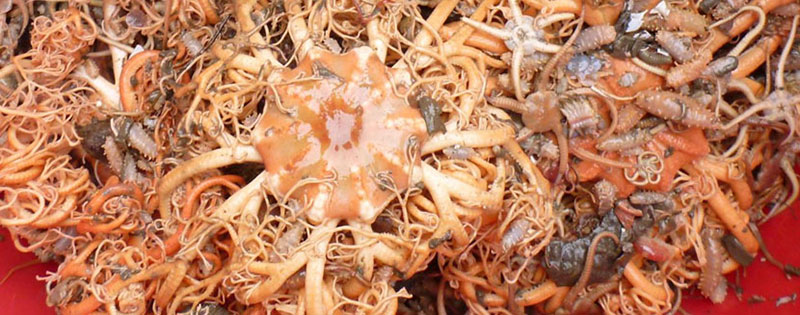Contributing to First National Network to Monitor Marine Biodiversity
October 15, 2014
Our fragile coastal and marine ecosystems face increasing threats from human activities, climate change, and other factors. To mitigate and adapt to such threats, we need a fuller, more integrated picture of how the biodiversity within these ecosystems may be changing, especially since marine biodiversity is a key indicator of ocean health and critical to sustaining natural resources such as fisheries.
To address this need, the NOAA Office of Ocean Exploration and Research (OER) is contributing funds to a pilot project to monitor U.S. marine ecosystems. As part of the project, three observation networks are being implemented in four diverse locations around the United States. Scientists will study the interactions of the life in these ecosystems – from microbes to whales. Tools used will include on-site human observations, satellites, and DNA sampling.
These networks – located in the Florida Keys and Monterey Bay National Marine Sanctuaries, Santa Barbara and the Channel Islands, and the Chukchi Sea in Alaska – could serve as a model for a national marine biodiversity observation network. Such networks help natural resource managers and policy makers conserve biodiversity and protect ecosystems from threats such as invasive species.
Partners include the U.S. Integrated Ocean Observing System, NASA, the U.S. Department of Interior's Bureau of Ocean Energy Management, and Shell Oil Company.
For More Information
Learn more about the network from the U.S. Integrated Ocean Observing System.
U.S. MBON Releases First Project Update
Year 1 Results for the Arctic Marine Biodiversity Network
Learn more about OER's marine biodiversity work.
